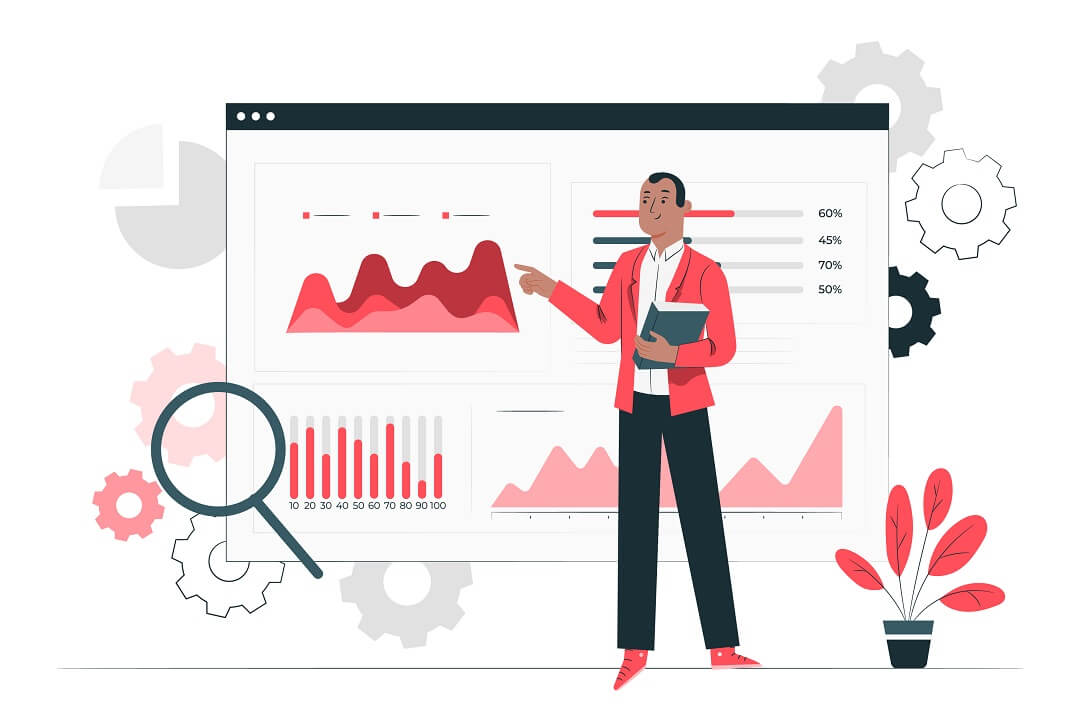Today we will be listing the top Data Science tools that will make the path to becoming a Data Scientist much more straightforward. Let’s look at some of the topics covered in this blog.
- Apache Spark
- BigML
- D3.js
- MATLAB
- SAS
- Tableau
- Matplotlib
- Scikit-learn
- NLTK
- Python
- Tensorflow
- PyTorch
- RapidMiner
- DataRobot
- Alteryx
Are you interested in Data Science? Get 24/7 support from AI Patasala’s Data Science Training in Hyderabad program and jump-start your career as a Data Scientist.
Top Data Science Tool
Apache Spark
Apache Spark is an open-source cluster computing system. It provides APIs in Java, Scala and Python. It can also access HDFS and other Hadoop data sources such as Cassandra and Hive. It can also be used in standalone, YARN, and Mesos cluster managers.
Apache Spark is a distributed processing system that can handle large data loads. It uses an in-memory cache and optimizes query execution to execute fast queries against any data.
BigML
BigML Bindings makes it easy to build models, generate predictions, and manage your tasks using your preferred programming language. BigMLer Open Source Command-Line. BigMLer, our command-line tool, allows you to automate your Machine Learning workflows with a single line.
BigML is a machine learning platform that can automate and consumable Classification, Regression, Time Series Forecasting and Cluster Analysis tasks.
D3.js
D3. js, or just D3, is a library that allows you to create data visualizations online. Data visualizations are graphical representations of data. It is more art than science to create the best visualizations that tell the story of a data set.
MATLAB
MATLAB is the most efficient and easy-to-use computing environment for scientists and engineers. It also includes the MATLAB programming language, the best language for technical and mathematical computing.
MATLAB has recently been updated with a variety of data science tools. These include tools for exploratory data analysis and apps that allow you to quickly explore machine learning models and deploy them to multiple languages and platforms.
SAS
Anthony James Barr, North Carolina State University’s creator of the SAS language, developed it as a computer programming language for statistical analysis. It can read data from common spreadsheets or databases, and it can output results of statistical analyses as tables, graphs, RTF, HTML, and PDF documents.
SAS is a tool that allows for complex statistical operations and advanced analytics. Because of its reliability, it is widely used by professionals and large organizations.
Tableau
Tableau is a popular Data Visualization tool used by Data Science and Business Intelligence professionals. You can create interactive, impactful visualizations that are both colorful and insightful.
Tableau excels in visualization but cannot do the hardcore data analysis or statistical work that data scientists are bread-and-butter. Tableau is a great tool for amateurs to view information. It’s only one tool in a much larger toolbox for data scientists.
Matplotlib
Matplotlib, a Python plotting library, provides an object-oriented API that allows you to embed plots in applications. It has a very close resemblance with MATLAB embedded within the Python programming language.
Scikit-learn
Scikit-learn, the best Python library for machine learning, is undoubtedly the most popular. The sklearn Library contains many useful tools for machine learning, statistical modeling, including clustering, regression, and classification.
The network’s data science team consistently uses Scikit-learn to accomplish a wide range of tasks. It is an integral part of our toolkit, from exploratory analysis to product development.
NLTK
NLTK (Natural Language Toolkit) is the best API for NLP (Natural Language Processing with Python). It can preprocess text data and then analyze it using ML models. It converts text into numbers that the model can use.
Python
Python is a general-purpose language that data scientists and developers use. It makes it simple to collaborate across your company through its simple syntax. Python is a language that allows people to communicate with each other. Another reason is that Python is used in statistical models and academic research.
Tensorflow
TensorFlow, a Python library, is available for training and building Data Science models. TensorFlow can help you take your data visualization to the next level. TensorFlow, written in Python, is simple and widely used for differential programming.
TensorFlow is primarily used as a backend framework, whose modules can be called through Keras API. TensorFlow is commonly used to solve difficult problems such as image classification, object recognition, sound recognition, etc.
PyTorch
PyTorch, an open-source deep-learning framework for Python, is well-known for its flexibility. Its compatibility with Python, the popular high-level programming language used by data scientists and machine learning developers, is key in this success.
PyTorch, an optimized tensor language, is primarily used to create Deep Learning applications that use GPUs and CPUs. It is an open-source Python machine learning library developed primarily by the Facebook AI Research group. It is one of the most widely used Machine-learning libraries, Keras and TensorFlow.
RapidMiner
Rapidminer, a data science platform that combines visual workflow design with full automation, is comprehensive. This means we don’t need to code for data mining tasks. Rapidminer is a popular data science tool. This is the graphical interface for rapidminer’s blank process.
DataRobot
DataRobot Story DataRobot began in 2012 to make AI more accessible to everyone. DataRobot today is the AI Cloud leader. It provides a single platform that all users can use, for all data types and environments, to speed up the delivery of AI to every organization.
Alteryx
Alteryx can automate data preparation and enrichment through your code or configurable analytic blocks. In minutes, you can create a working model. You can deploy anywhere you like cloud, on-premises, or a hosted environment. Integrate models easily into existing applications like Tableau
Conclusion:
Data scientists have many tools to reduce errors and latency when analyzing large amounts of data. This Data Science Tools list contains some of the most popular tools in the industry.
If you want to make a career out of Data Science, then you need to get your hands dirty using these tools.
AI Patasala’s Data Science Course is Hyderabad will help you excel in your Data Science career. It offers a seamless, industry-oriented learning experience that will teach you the most important Data Science tools. Learn the basics of Data Science now!


